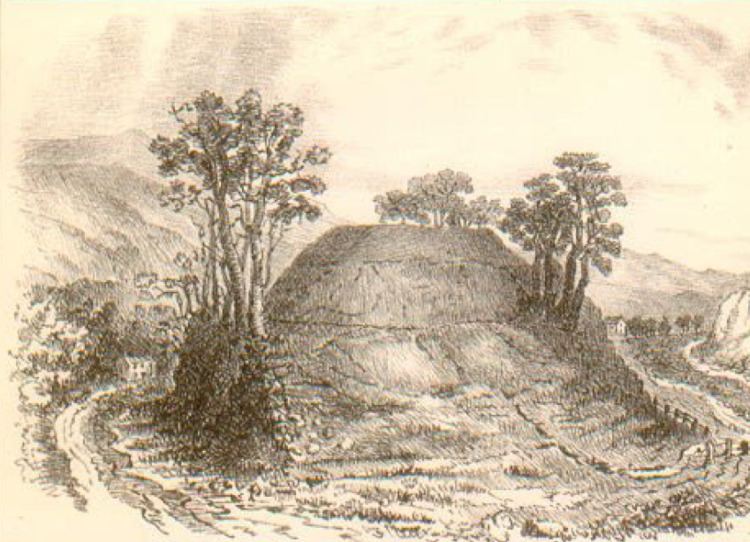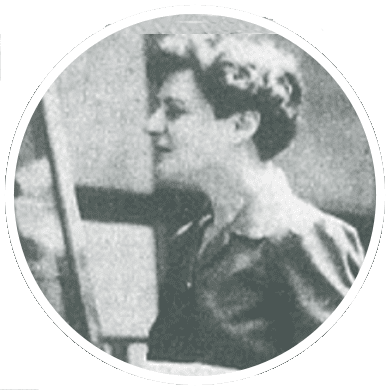Nationality Scottish Fields Archaeology | Died May 10, 1901 Name Christian Maclagan | |
 | ||
Residence Scotland, United Kingdom | ||
Christian Maclagan (1811–10 May 1901) was a Scottish antiquary and probably the first female archaeologist in Scotland.
Contents

Origins
Daughter of distiller and chemist George Maclagan and Janet Colville of Stirling, she was born on the family's farm at Braehead near Denny. Her father died in 1818, as did her paternal grandfather, Frederick Maclagan, parish minister at Melrose, and her mother moved the family to Stirling, to a house in Pitt Terrace, a wealthy part of the town near the modern Stirling Council offices.
Her mother died in 1858, and until that time Christian Maclagan engaged in philanthropic activities, establishing a Sunday School and subscribing towards the cost of a library. After the Disruption of 1843 she joined the Free Church of Scotland and in 1865 she funded the building of a new kirk. Her relationship with the Free Church soured in the 1870s and she sued to reclaim the church which she then gifted to the established Church of Scotland. She apparently received a bequest from one of her brothers at around the time of her mother's death, and this established her as a woman of some wealth. Her estate was valued at 3100 pounds sterling at her death.
She was well-educated, knowing Latin, French, Greek, and Gaelic well — her paternal grandfather had tried his hand at a translation of the Bible into Gaelic. She also spoke some Italian and was an artist of some skill.
Archaeologist
Maclagan theorised that megalithic circles and tombs were the remnants of houses and forts. She believed an academic examination of all such sites would reveal a message, through the archaeological 'language' needed for such examination. The findings of her investigations included rubbings from hundreds of archaeological specimens of various sites and were published at her own expense. Some of her theories were considered eccentric to her contemporaries. The dismissal of her views could be due to sexist attitudes of her era, or due to the anthropological comments Maclagan would make alongside her archaeological studies. [1]
Lady antiquary
One of her primary interests were in the brochs of Scotland and she also was one of the pioneers of stratigraphic excavation https://christianmaclagan.wordpress.com. She devised a special method for taking rubbings from sculptured stones. Possibly her greatest contribution to posterity was her meticulous collection of rubbings of Celtic Christian crosses and Pictish symbol stones, made from c 1850 onwards. These rubbings include some of the earliest done at Wemyss Cave.
Later life
As a woman Maclagan was disbarred from obtaining a fellowship of the Society of Antiquaries of Scotland, and instead she was merely a Lady Associate. She could not formally publish with the Society and required a man to publish her work under his name. As a result of this, she sent her rubbings to the British Museum. The Smith Museum in Stirling contains one of her models of a broch tower and her grave is Stirling's old town cemetery.
This blatant sexism may also have led to her work being overlooked and one of her key discoveries Livilands Broch being lost! A project was launched in 2016 by Stirling Council's Archaeologist Dr Murray Cook to rediscover the broch that sexism lost https://christianmaclagan.wordpress.com
Books Published
"What Mean These Stones?" Publisher D. Douglas, 1894 https://books.google.co.uk/books?id=x35BAAAAYAAJ&dq=inauthor:%22Christian+MacLagan%22&hl=en&sa=X&ei=OL7kVNKeJILC7AbmtoCICQ&ved=0CDoQ6AEwBg
"The Hill Forts Stone Circles and Others Structural Remains of Ancient Scotland" Publisher Edmonston and Douglas, 1875. https://books.google.co.uk/books?id=wWg4QwAACAAJ&dq=inauthor:%22Christian+MacLagan%22&hl=en&sa=X&ei=OL7kVNKeJILC7AbmtoCICQ&ved=0CCUQ6AEwAQ
